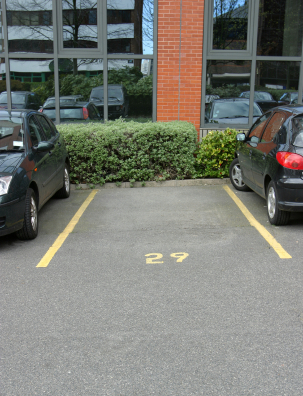When people think of claims they think the standard car accident and windshield claims, but don’t forget natural disasters also damage vehicles.

Natural disasters sometimes hit without warning. All you can do is be prepared ahead of time.
With the recent fires, earthquakes, tornadoes and hurricanes visiting our shores there has no doubt been many natural disaster car insurance claims being filed. Claims for trees falling on vehicles, flooding and vehicle fires all usually accompany these natural disasters.
If you have a vehicle and it has been damaged after your area is hit with a natural disaster, do you know what to do?
What Coverage?
Depending on how your vehicle was damaged during the natural disaster will determine whether the claim will fall under comprehensive or collision coverage. If another driver crashed into your car because the rain was so heavy they couldn’t see, it would be collision coverage. For broken windshields, flood damage and fires, the damage would be fixed by your comprehensive coverage.
Also depending on the type of natural disaster, you may not have coverage at all. In all cases, it is best to read your policy.
Best Way to File Your Claim
If you are used to talking to your Agent when you file a claim, keep in mind that they may be taking care of their own property or be swapped with other clients. Don’t wait around for your agent to help you. Instead call your insurance company directly to speed up the process.
The turnaround time to hear back from an adjuster may be a little longer due to the widespread damage so be patient. While you are waiting to hear for a call back try and prevent any additional damage from happening.
For example, if a flying object shattered your windshield cover the area so that the interior of the vehicle does not get also damaged by any coming rain. On the other hand, if your vehicle is a total loss leave it alone until you are told to do something with it.
Moratoriums
Don’t bother trying to get insurance coverage just before a hurricane or other natural disaster hits your area. Insurance companies watch the weather and news very carefully and will put moratoriums on areas that are about to get hit with a natural disaster.
Moratoriums are when an insurance company makes the decision to stop all changes to current insurance policies and to deny any new applications. The companies do this to limit their claim exposure to the people that purchased insurance with them prior to a natural disaster threatening an area.
If insurance companies allowed people to purchase insurance right before they needed it, the companies would go out of business. You can’t run an insurance business if you are paying out more claims then you are collecting in premium. This is exactly what happens when a person starts an insurance policy and pays the minimum they can and then files a claim shortly after.
Protect Yourself and Loved Ones First.
Your vehicle is replaceable, lives are not. If your area is hit with a natural disaster do not do anything foolish to protect your vehicle from damage. Think first of getting yourself and your loved ones to safety.
If you are concerned for you vehicle and you have warning of an oncoming natural disaster, protect you vehicle as soon as you know something is coming. Never leave this preparation to the last minute when it is too late.




